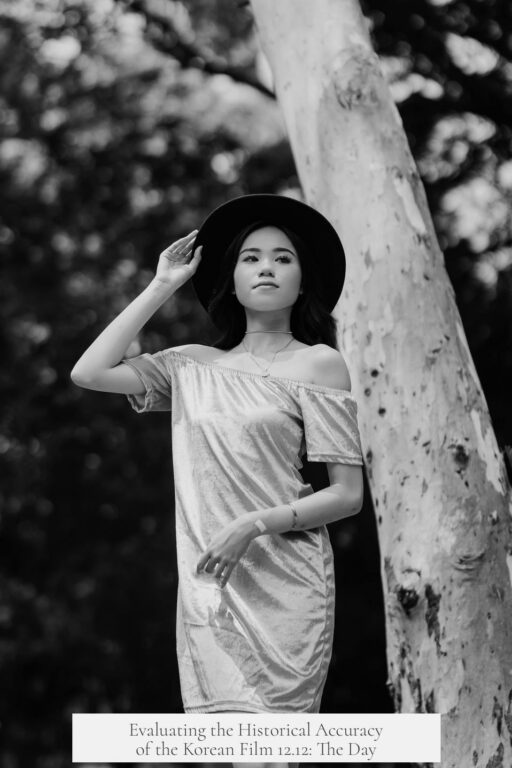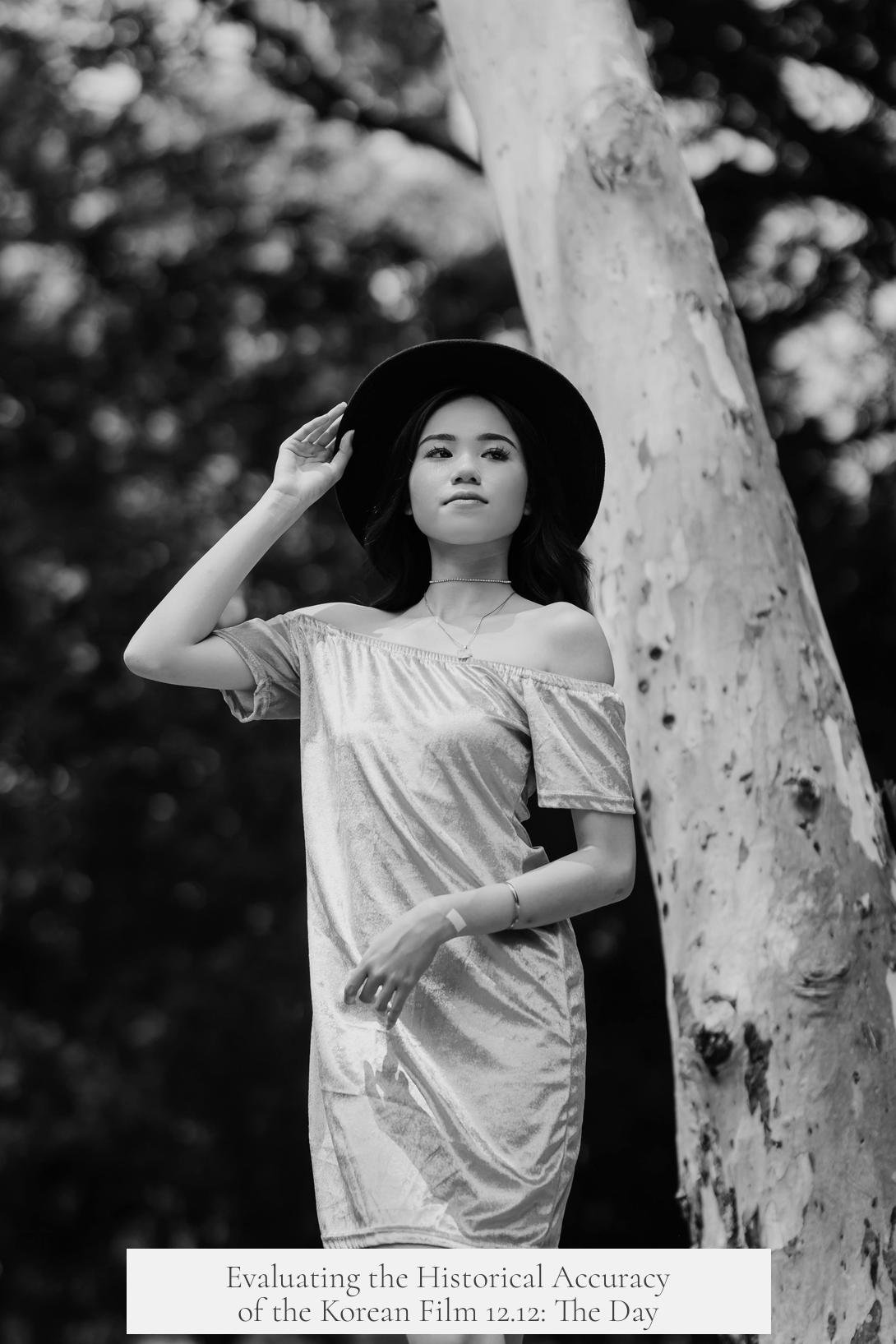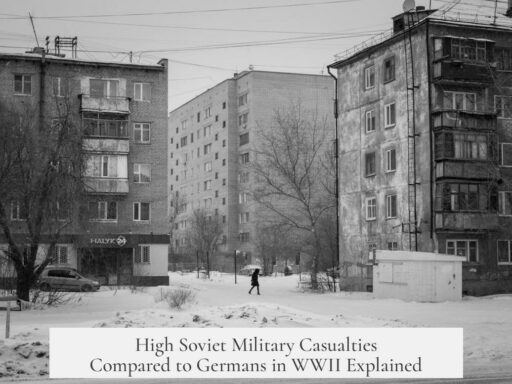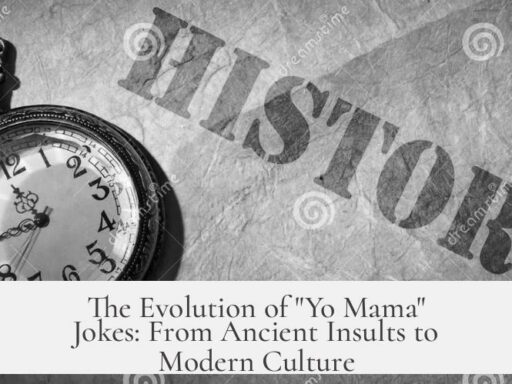The Korean historical drama film 12.12: The Day maintains a substantial level of historical accuracy but incorporates some name changes, timeline compressions, and dramatic embellishments to enhance storytelling. The core events of the December 12, 1979, military coup led by Chun Doo-hwan are presented effectively, with notable fidelity to political context, military maneuvers, and key figures involved. However, certain details are altered or intensified for cinematic impact.
The film slightly adjusts character names for discretion, such as renaming Chun Doo-hwan to Chun Doo-gwan and President Choi Kyu-ha to Choi Han-gyu. Roh Tae-woo, a real-life future president, appears as Roh Tae-gon, reflecting only minor changes. These modifications preserve recognizable identities while allowing some creative license.
The political and military setting is well-depicted. The movie accurately portrays Chun’s strategic response to plans that intended to sideline him by reassigning him to the East Sea Command. Chun’s clever orchestration of the coup, circumventing attempts to reduce his influence, aligns with historical records. The film shows the delicate balance of power and the secretive Hanahoe faction’s decisive role in securing military loyalty before the coup.
Hanahoe, the covert private military organization loyal to Chun, is a central element. The film captures how Hanahoe embedded itself across the top military echelons, playing a long-term game to control South Korea’s armed forces. This portrayal matches historical accounts of the faction’s pervasive influence within the military hierarchy.
The depiction of Martial Law Commander Jeong’s arrest is close to fact but does not fully explore the underlying motives. The official charge of corruption is shown, while the real political undercurrents—such as alleged involvement in President Park Chung-hee’s assassination—are implicit but not explicit. Jeong’s indifference post-assassination and the initial confusion at Army headquarters about his whereabouts, including rumors of North Korean kidnapping, add nuanced context.
Political bribery scenes are accurate; Chun’s payments to civilian government members and prominent figures like Park Geun-hye and Defense Minister Noh are historical truths. Contrary to the film’s possible portrayal of secretive capture, Minister Noh was reportedly wandering openly in the Ministry during his arrest.
Military operations, including troop movements and deceptive ceasefires such as the “Gentleman’s Agreement,” are represented with attention to accuracy. The film, however, condenses the timeline of the Ministry of Defense’s fall, depicting it as occurring with less intensity than documented. In reality, Jeong’s loyalists resisted longer, and the coup took around ten hours to succeed fully.
A significant omission in the film is the U.S. military’s reaction. Historically, the U.S. Commander in Chief overseeing South Korean forces expressed anger about the 9th Division’s redeployment from the Demilitarized Zone to support the coup. This strategic realignment carried implications not fully addressed in the drama.
The film shows President Choi signing the arrest order for Commander Jeong, including the date and time, underscoring Chun’s unilateral action. While the film implies the president remained passive and relaxed, records indicate Choi was under house arrest throughout the coup, confined at the Prime Minister’s residence.
The death toll in the movie is considerably amplified for dramatic impact. Official data record only a few casualties—two deaths on the loyalist side and one on the rebel side—though the film suggests a heavier loss of life. Such exaggeration heightens tension but diverges from historical consensus.
The aftermath is depicted with reasonable accuracy. The real coup was codenamed Operation “Birthday House Party” in Korean. Key individuals faced harsh fates: martial law commander Jeong was tortured, later released, and likely murdered despite reports of suicide. The protagonist’s fictional counterpart was imprisoned, lost family members, then granted a civil job by Chun, paralleling stories of real figures’ post-coup experiences. Many loyalists were discharged rather than executed, differing from film portrayals of mass killings.
One major embellishment is the final firefight at Gwanghwamun Square, which did not actually occur. The coup was effectively over before such a confrontation could take place. The depiction of capital resistance is thus exaggerated, with historical sources acknowledging that counterattacks were abandoned early in the night due to overwhelming rebel control.
- The movie modifies names slightly but preserves character identities.
- Chun Doo-hwan’s coup strategy and Hanahoe’s military control are accurately shown.
- The arrest of Martial Law Commander Jeong and political intrigue are represented realistically but with some simplifications.
- Bribery scenes and troop movements correspond to real events, though some timings and intensity are condensed.
- The film omits the U.S. military’s disapproval of the coup troop deployments.
- President Choi’s role is understated; he was under house arrest rather than resting peacefully.
- Death tolls are exaggerated for effect.
- The final battle scenes at Gwanghwamun Square are fictional and dramatized.
- The post-coup fate of characters aligns broadly with historical outcomes, with some narrative license.




